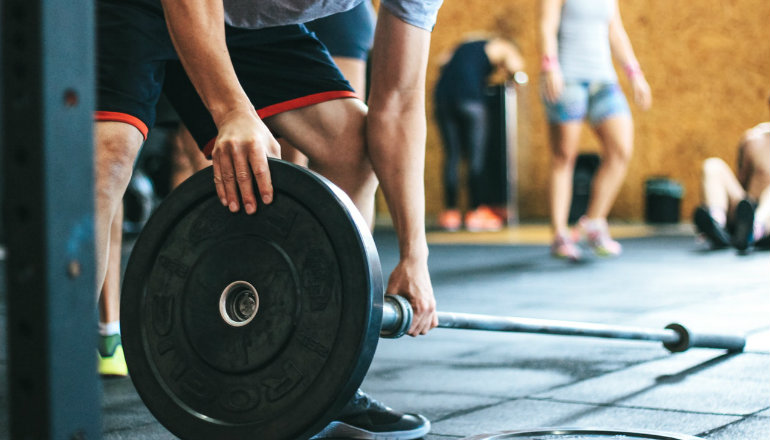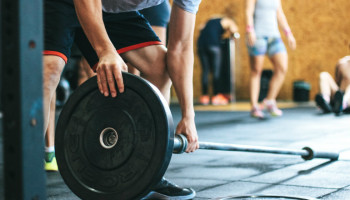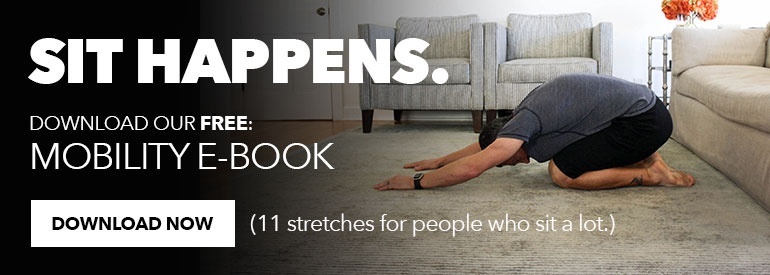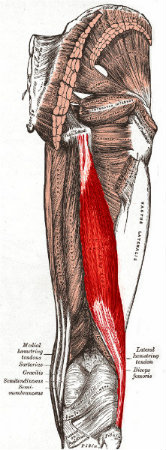 Reading Time: 5 minutes
Reading Time: 5 minutesAbout 80% of adults in the U.S. experience some sort of low back pain in their lives and many of them suffer from chronic pain.
The result of this widespread problem is that many people live unfulfilling lives due to pain and limited range of motion. They can’t participate in sports and activities like playing with their children or grandchildren. They are often limited in being able to perform simple chores such as grocery shopping and cleaning the house. Many wind up masking their low back pain with over-the-counter or prescription medications. With the current opioid crisis in this country, we should be working to find a better and earlier intervention for this situation.
There are myriad causes of lumbar or low back pain. There is an intricate web of nerves, fascia, muscles, tendons, and ligaments at work in your body. There are also myriad circumstances that can affect these tissues and cause pain.
In this article, I’m going to demonstrate some basic mobility exercises designed to alleviate low back pain. These are not a cure-all for low back pain. If you are someone who has had low back pain for an extended period of time, and the pain is in the moderate to severe range, then you need to seek out a medical professional to help diagnose and treat the pain.
If your low back pain is mild to moderate, then what I’m about to share with you could go a long way toward restoring your range of motion and get you back to living life the way you want to. These exercises are something you can do at home or in the office, and, when applied at regular intervals, can help in the prevention of low back pain.
Low Back Pain and Our Leg Muscles
There is some debate about whether tight muscles in the legs are a cause of pain in the lower back. I don’t think it’s a factor in every case, but let’s look at what we know about most adults in the United States.
The majority of us live excessively sedentary lives. We spend most of our day sitting in a car, at a desk, on the couch, or at a table. This perpetual position results in shortened muscles throughout the legs.
The three tissue groups I’m going to focus on today are the hamstrings, the calves, and the Achilles’ tendon. While there is not a tremendous amount of peer reviewed literature on this topic, I have worked with a number of clients and spoken with a number of physical therapists who have seen marked improvement in low back pain from the release of tension in these areas.
If applied early enough, these simple interventions have the potential to prevent serious injury as well as the future possibility of expensive medical procedures and medications. In my opinion, if the cost of a two-dollar lacrosse ball keeps me from needing surgery on a ruptured disc, then it’s well worth it.
Exercise 1: Hamstrings
We’ll begin with the muscle group that is the closest to the low back. The hamstrings are a major player because they attach right at the base of the pelvis. When they get tight, they pull the pelvis down, which reduces the supportive curve in the lumbar region of the spine. Without that support the muscles of the low back can’t provide stability to the discs and vertebrae. Over time, the accumulated effect of weak back muscles and increased force on the discs can lead to all manner of complications.
In the video below, I show a technique using a lacrosse ball that will help to break up the muscles fibers of the hamstrings and restore range of motion. (If you don’t have a lacrosse ball, use whatever you have on hand. Lacrosse balls can be purchased very affordably at sporting good stores). I recommend starting with 2 minutes on each side or 50 reps per leg.
Make sure to move the ball up and down the muscles to find all the tight spots. Spend your time working on the area of the muscles with the most sensitivity or restriction. With regular practice, you should notice a reduction in discomfort in your low back and possibly an improvement in your posture.
Exercise 2: Calves
Most of us wouldn’t think of the calf muscles when we think about low back pain. However, we have to remember these muscles are part of the line that runs along our posterior. Tightness at any point along that line can cause repercussions upstream and downstream of the affected area.
In the video below, I discuss general foam rolling when it comes to your calves. I find foam rolling to be an effective technique for finding the tight spots. This technique also allows you to vary the intensity and level of discomfort. Remember, you want to make yourself uncomfortable, but this practice shouldn’t be excruciating.
Exercise 3: Achilles Tendon
The Achilles’ tendon isn’t a muscle but is the connective tissue that links the calf muscle to the heel bone. Many athletes, especially runners, suffer from tight Achilles’ tendons. Spending some time on this area will relieve tension up the chain through your calves and hamstrings, as well as into the lower back.
The Achilles’ tendon, like all connective tissue, isn’t as flexible as muscle and lacks the same amount of blood flow. We need to approach any mobility we do in this area with a little more caution. For the stretch I demo in the video below, I recommend slowly easing your way into it. Plan to improve the mobility of this tendon, and any connective tissue you work on, over the course of months or years rather than weeks.
Low Back Pain for Athletes Over 40
The older we get, the longer it takes to recover from an injury. By performing regular maintenance on our joints and tissues we’ll be ensuring our body will keep performing at its best even with the increased mileage of age and experience.
By applying these three techniques to your daily mobility routine, you can gradually improve any discomfort you feel in your legs and lumbar region. You can also decrease your chances of a serious injury that will leave you in pain or immobile for an extended period.






